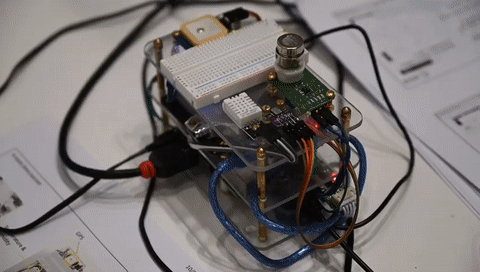How can we measure air quality? How can we observe remote places with no safety risk? How do we monitor earthquakes and derive tsunami alerts? How can we join forces and give help during an emergency via a mapathon?
These are only a few of the questions raised and discussed during the School Labs that took place during the last Living Planet Symposium in Milan. Six sessions, during the five days conference, involved about 600 secondary school students from 25 schools and 72 presenters: have a look at the School Labs photo gallery.
The students could perform hands-on experiments and learn about a varied range of topics to see how use of sensors in orbit, often in conjunction with sensors on the ground, can improve our knowledge of the planet, help us monitoring and safeguarding it and, at the end, our daily life.
The learning corners
ESA, together with the Italian and German space agencies, UK Space Academy as well as the INGV (Italian National Institute for Geophysics and Volcanology), University of Pavia and Milan Politecnico set up 7 corners focused on specific activities, covering atmosphere, ocean, land, risks on Earth and hints about solar system objects.
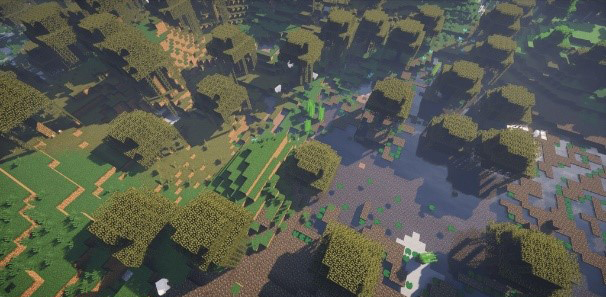
Monitoring air quality – ESA
Students were learning about case studies where air quality is measured from satellites (CO2, NO2, wildfires, melting glaciers, etc), carrying out an experiment on the Greenhouse Effect and another one on measuring air quality from a Raspberry-Pi-based air pollution platform which measures particulate matter, humidity, temperature and several gases (CO, CO2, NO2, …). They learnt about the EO Browser and air pollution over cities.
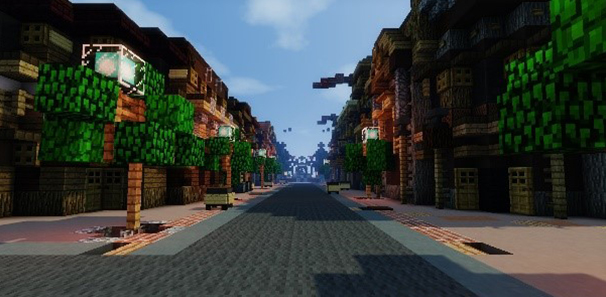
Augmented reality, Earth observation and navigation – DLR
Students were practising with infrared remote sensing, spectrometry, satellite navigation, augmented reality applied to different topics (light pollution, the disappearance of lakes, cyclones and gravity of the earth-moon system). They were also experimenting a virtual reality application based on astronaut photography and listening to a presentation about observing the Earth from the International Space Station. Finally they learnt about Massive Open Online Courses.
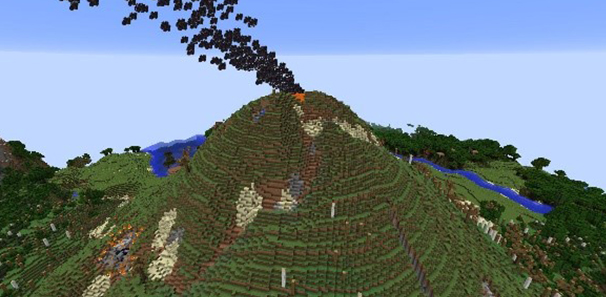
Earthquakes and volcanoes – INGV
Students were given an introduction to volcanism and to monitoring systems from the ground and from space.
They attended interactive and hands-on experiences related to a seismic platform, seismic surveillance and tsunami alert, and explored an exhibit of the Earth interior and models of tectonic plates and volcanic eruptions.
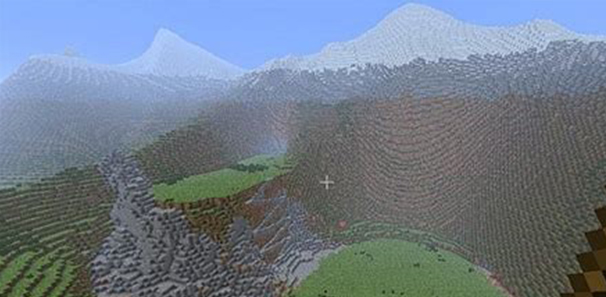
Natural hazards – University of Pavia
Students learnt about a sensor that measures snow properties, an app to take measurements on the colour of vegetation using a crowd of volunteers with smartphones, innovative meteorological stations to gather ground data, a system to measure mechanic stress and temperature on a satellite and a geo-radar to measure the degradation of slopes.

Studying ocean temperature and currents – UK National Space Academy
Students learnt about monitoring ocean surface temperature and water currents from space, experimented how to model the oceans as thermal drivers and to simulate a satellite.
They were using apps and software to access data and predict weather.

Emergency relief – Milan Politecnico
Students learnt about humanitarian mapathons, meteorology from space, estimation of soil erosion from satellites.
They used a virtual simulator to design a space rocket and control its trajectory, and carried out an experiment on Earth observation for agriculture.
Feedback
A small anonymous questionnaire for each of the 7 corners was sent to the teachers of each school that attended the event. Teachers were asked to debate with students about the corners they had attended, and answer with a compilation of comments from the debate.
Overall, the interactive approach of the labs was very appreciated. Here are a few feedback statements:
A variety of very interesting experiments and excellent leaders
I was inspired by the photometry activities. The 3D vulcano simulation was also very good
What I liked the most? The capacity of university researchers/professors to engage the public and the children, their capacity to communicate determination and passion
Very good experiments that really appeal to students
What I liked the most were the experiments with satellite images: they were very vivid and versatile
Will we reuse or incorporate what we learned? Yes, next autumn we will try to organise a mapahton on a small scale at our school
Perfect

